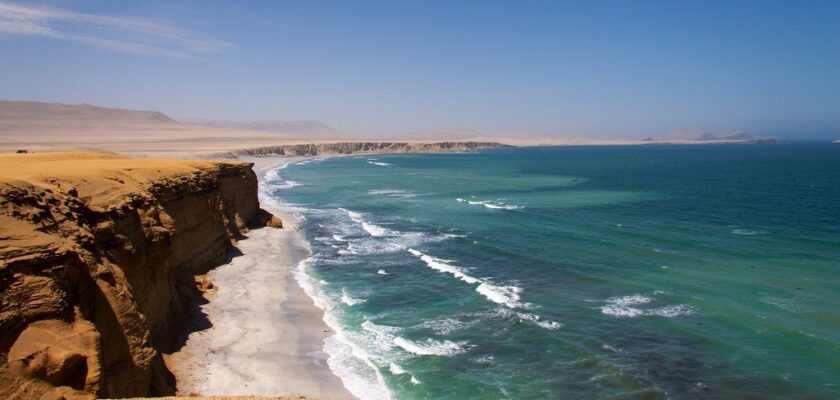Paracas
Paracas is and only marine reserve in Peru. A large part of it is made up of water expanses. Established in 1975, Paracas is famous for its unique fauna and above all for its significant colonies of sea lions. There are also numerous bird species, including the endangered condors and black ostriches. In addition to animal protection, the reserve has another task – to preserve the remains of the ancient Parakas culture, which existed in this area in the first millennium BC. Nowadays, a unique underground necropolis with forty mummies was discovered here, which are now kept in the museum of Ica.
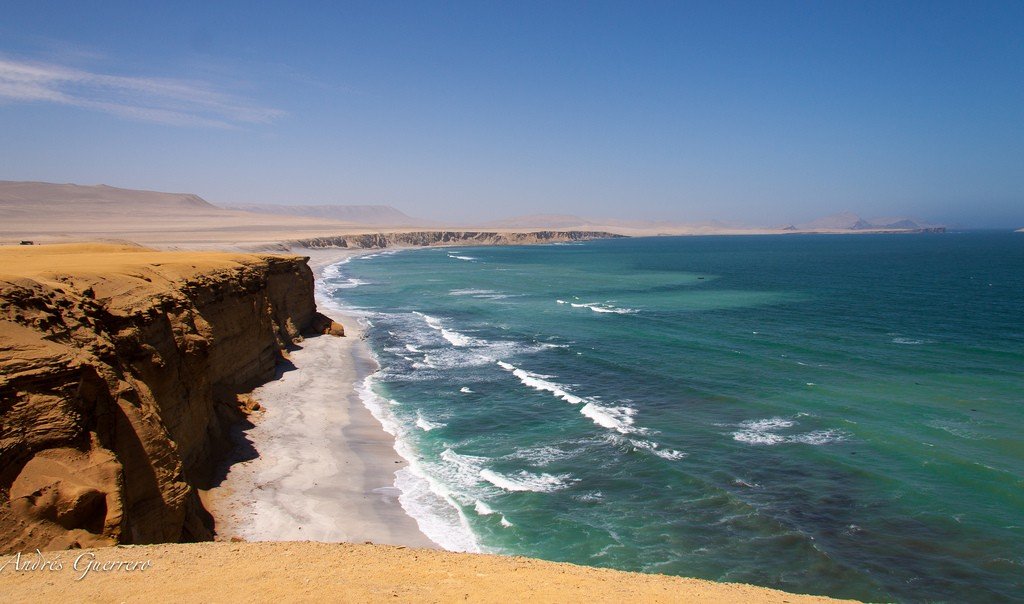
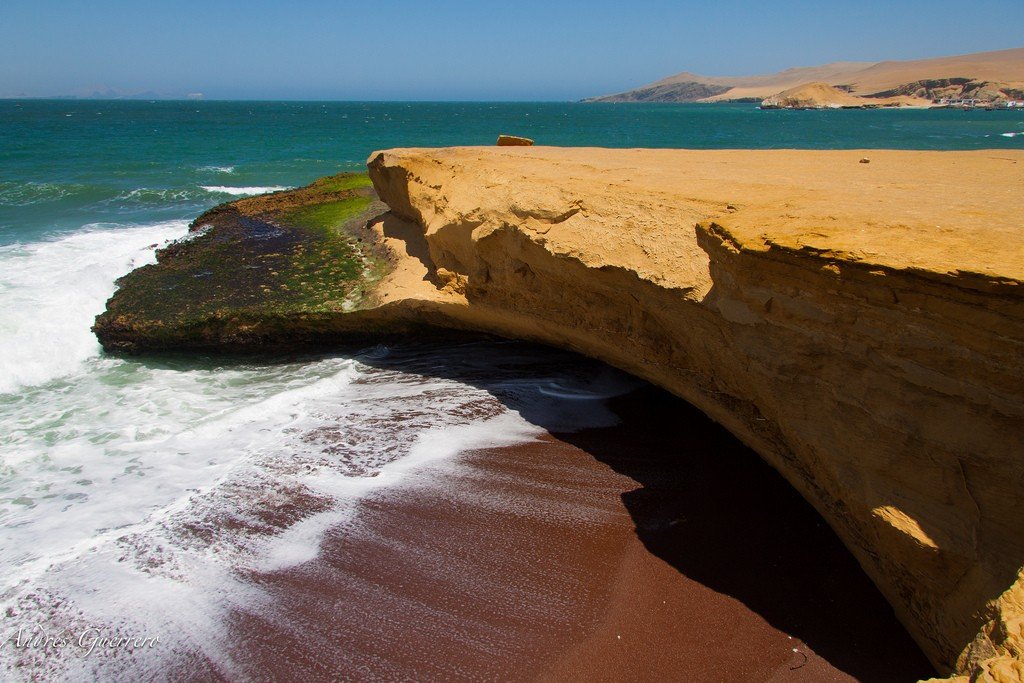
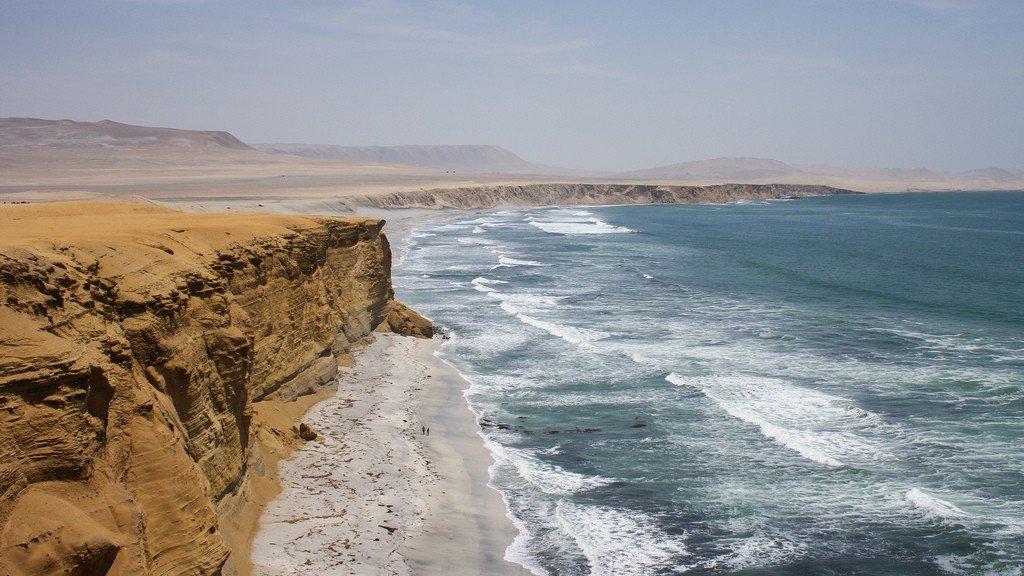
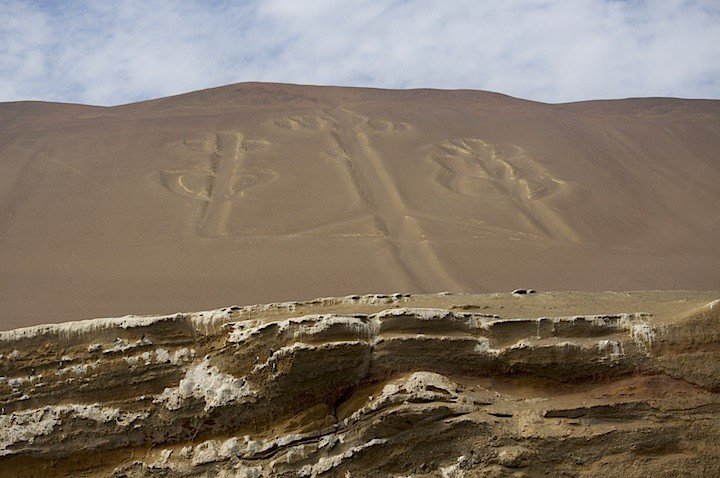
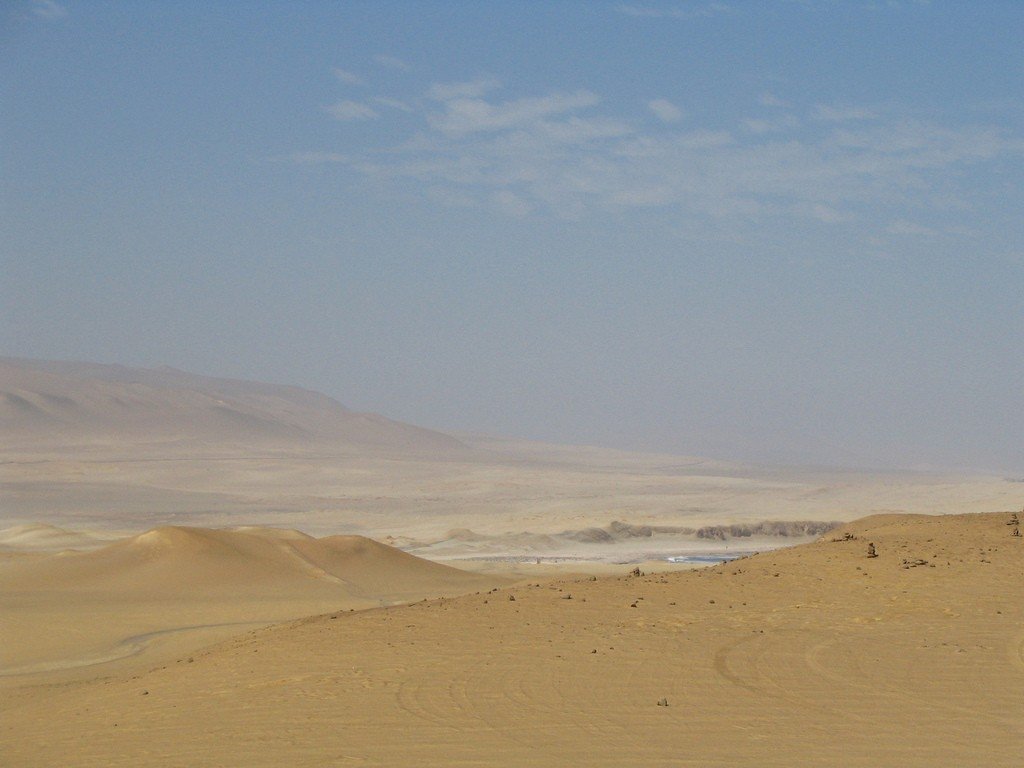
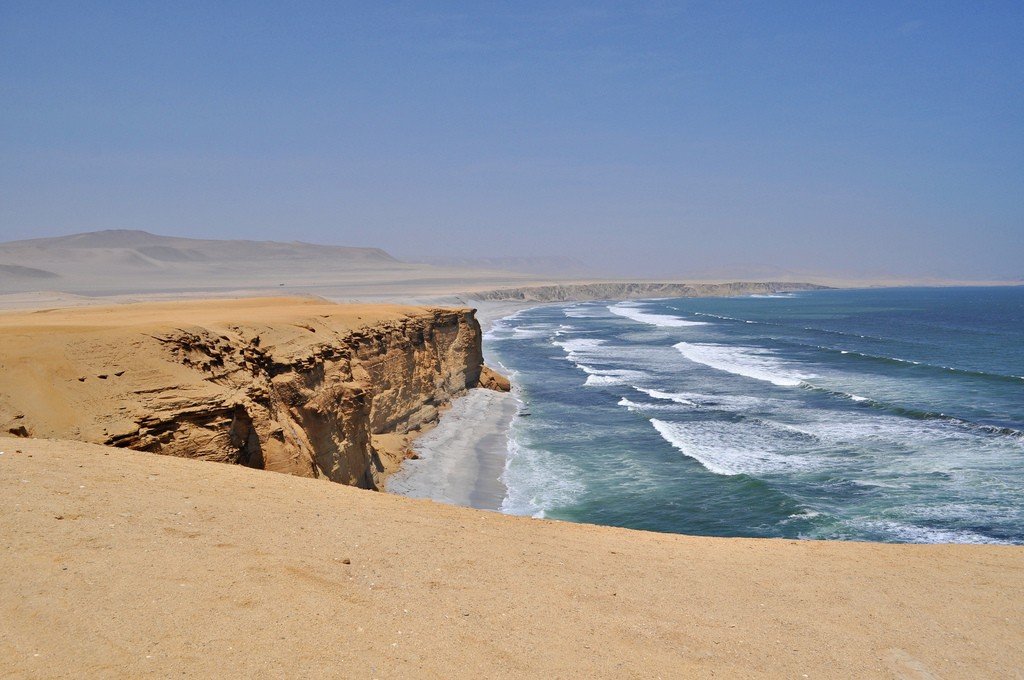
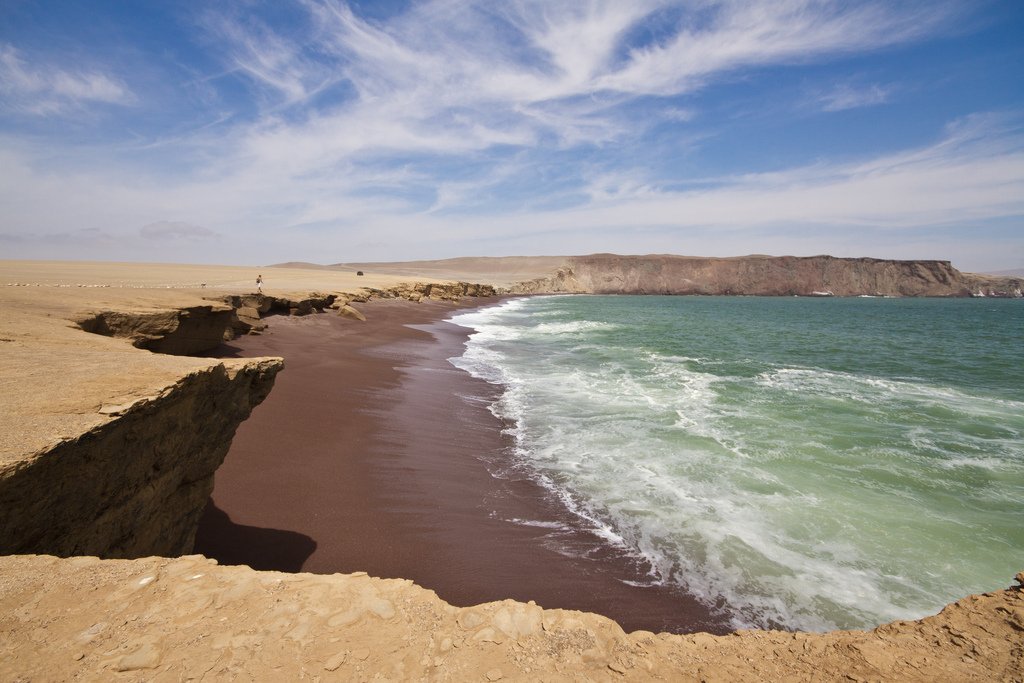
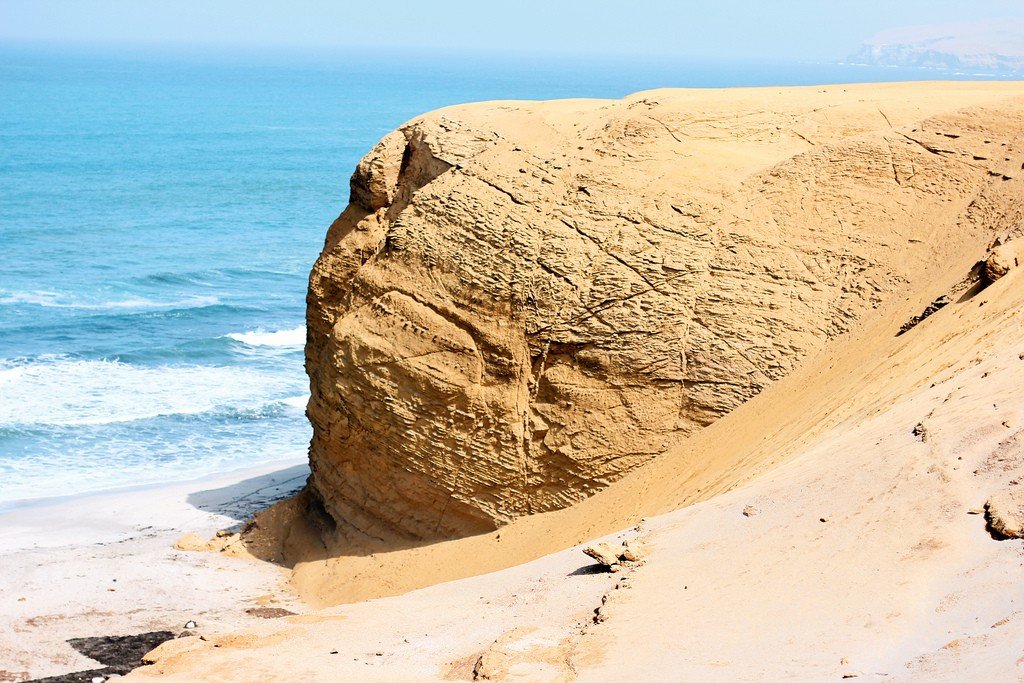
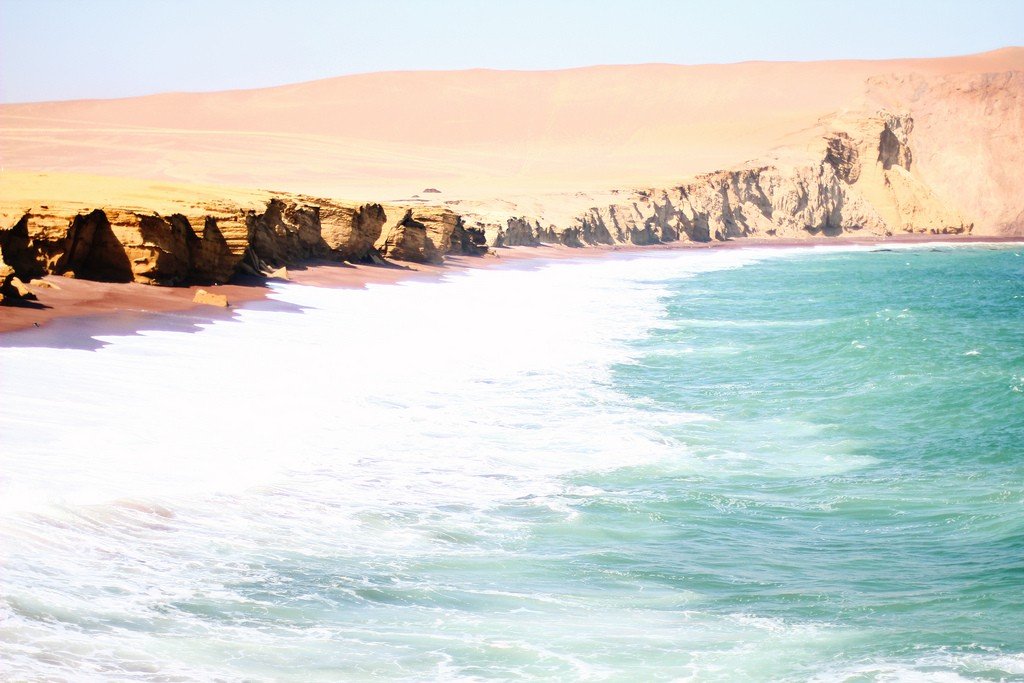
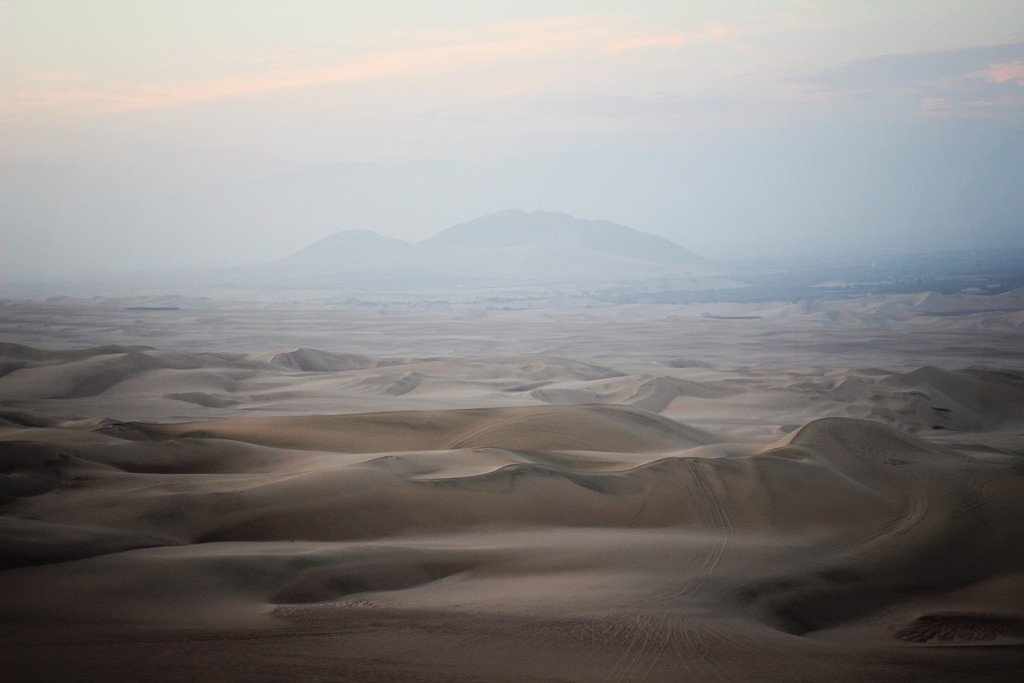
Highlights
Paracas National Reserve is located 261 kilometers south of Lima, 75 kilometers from Ica and 22 kilometers from the city of Pisco. This coastal ecological system, spread over 335,000 hectares, consists of deserts, beaches, islands, coastal sheer cliffs and is washed by the waters of the Pacific Ocean.
Paracas was the center of pre-Inca culture, famous for its textiles, local handicrafts, and the expertise of herbalists in the field of medicine.
.Some of the oldest human remains (6500 BC) have been found in the Paracas Reserve. Of special note is an ancient flute, believed to be the first musical instrument from Peru.
.Traveling by big boat to the islands of Balestas, where there are seals and lions, penguins, pelicans and other representatives of the animal world of the Pacific Ocean, will take about three hours and will not leave indifferent even the most sophisticated tourist. Please note that the excursions usually begin before 11:00, then the water surface is covered with haze, and the excursions are not conducted.
.
The trip itself is very enjoyable and educational, especially for animal and bird lovers. The islands are home to huge nesting colonies of eagles and cormorants. Their droppings – “guano” – have been used since ancient times to fertilize the soil.
.
During this trip you can see the famous mystical drawing of the giant trident or “candelabra” on the sand dune from the sea side, and during sunset you can admire the pink flamingos in Paracas Bay. Don’t forget that you can very easily get sunburned during this excursion, so be sure to wear sunscreen and hats.
.Curious tourists are attracted by the ruins of the ancient aqueduct Cantayos (Cantayoc), it is 5 km east of Nazca. Interesting excavations of the ancient cemetery of Cahuachi, which is 17 km north of Nazca and, of course, the ruins of the Inca settlement of Tambo Colorado in the valley around the city of Pisco.
.
It’s also good to catch a noisy party in the town of Ica, where wine pours down by the river, traditional for local wineries. A must-try is the national drink, Pisco, a strong alcoholic beverage made from Peruvian grapes. Local specialties include Sopa seca, a soup with vermicelli, beef and poultry meat, Carapulcra, sun-dried potatoes mixed with pork, pepper, achiote (a spice that gives red color) and milk, and ground mani nuts, Guiso de pallares verdes, green beans stewed in a spicy sauce, and Tejas, a locally made candy filled with nuts, boiled condensed milk, prunes, bananas, strawberries, and chirimoyas.
A break from the hustle and bustle of the city can be found in Huacachina, an oasis 5 kilometers from Iqui town.
.How to get there
The easiest way to get to Ica City is to fly in from Lima, which takes 1 hour of travel time. It can be reached via the Pan American Highway from Lima, a 3-hour drive; from Ica, 4 hours; from Nazca, 6 hours.
.
